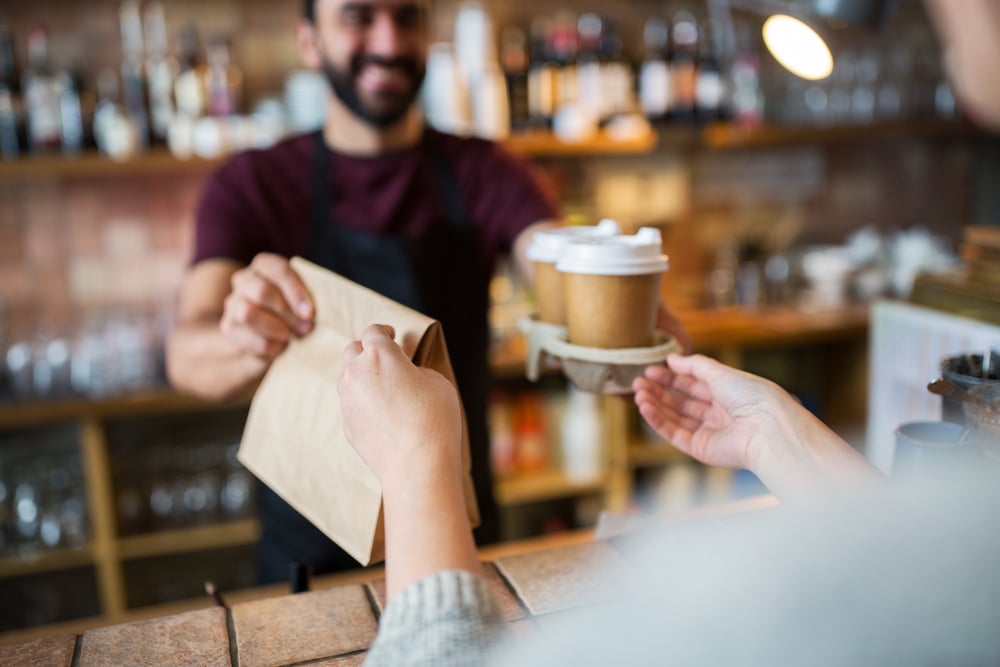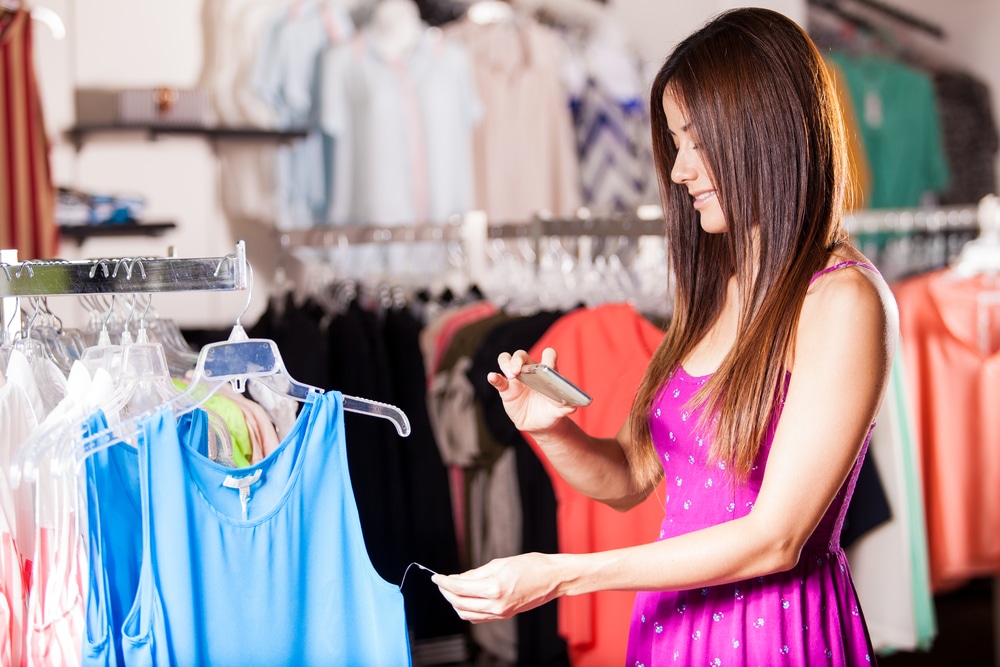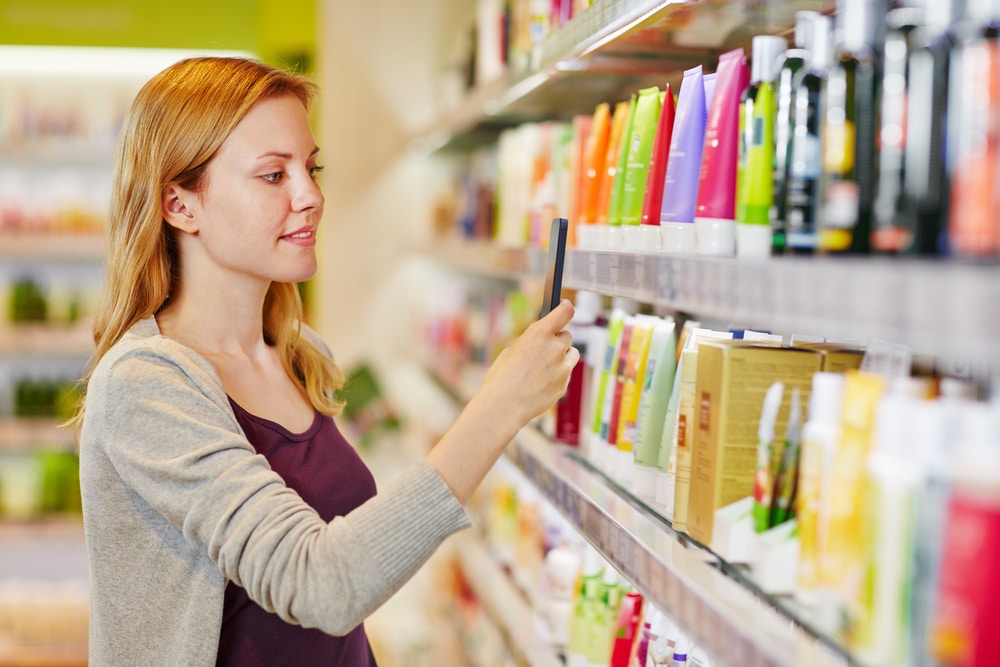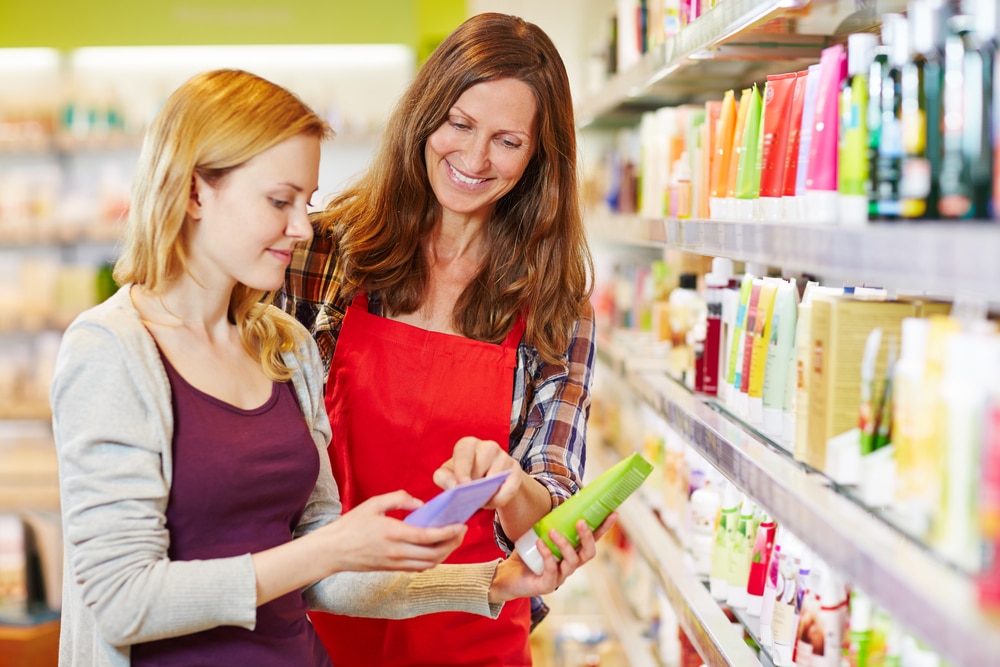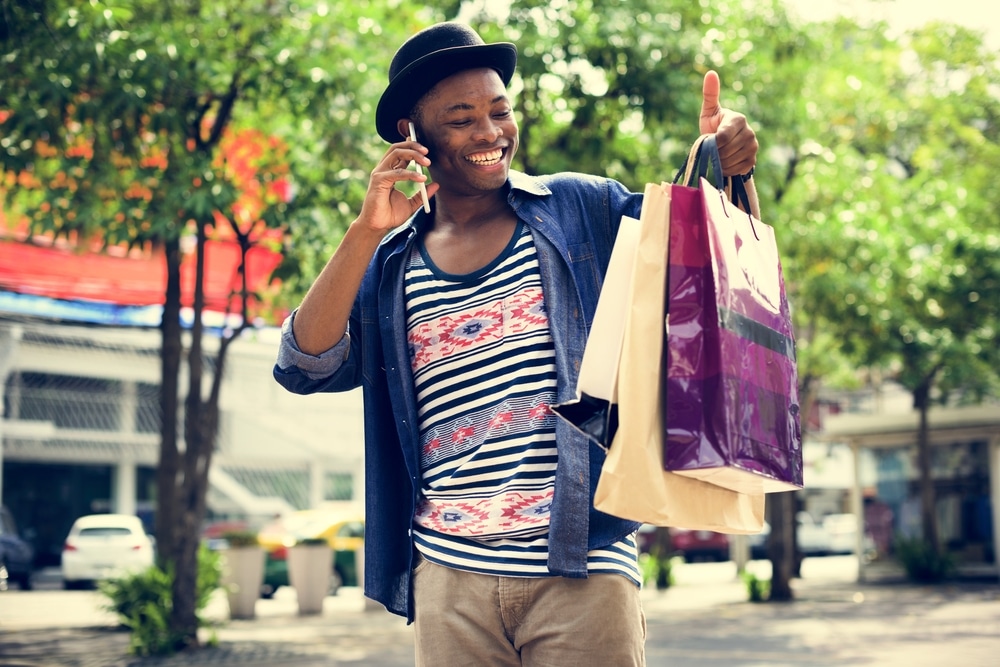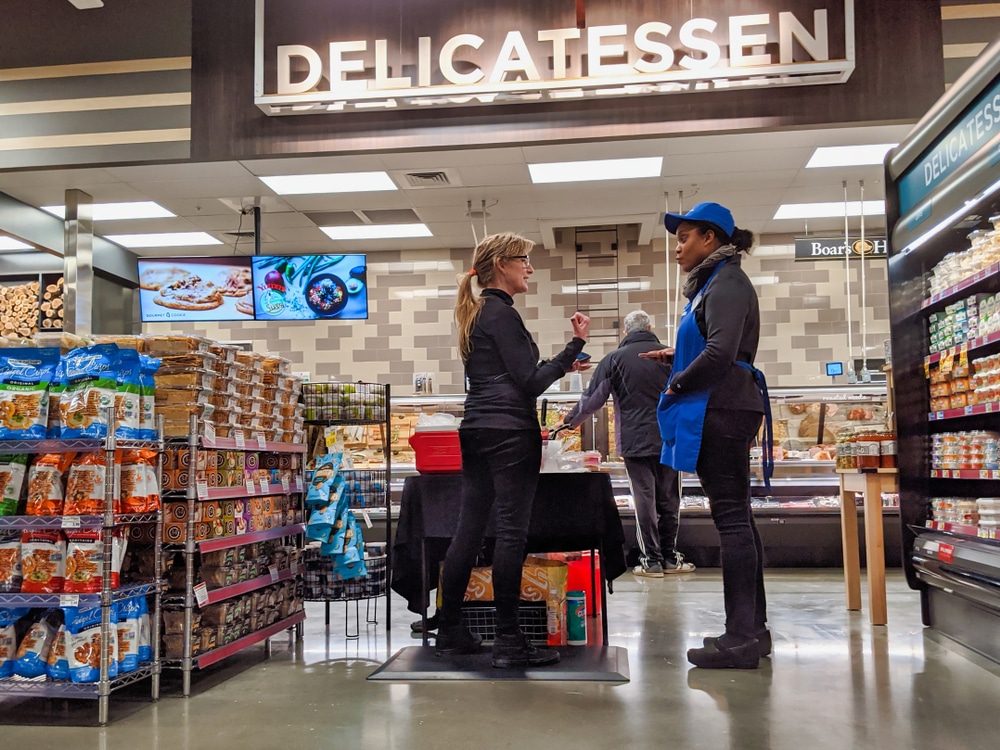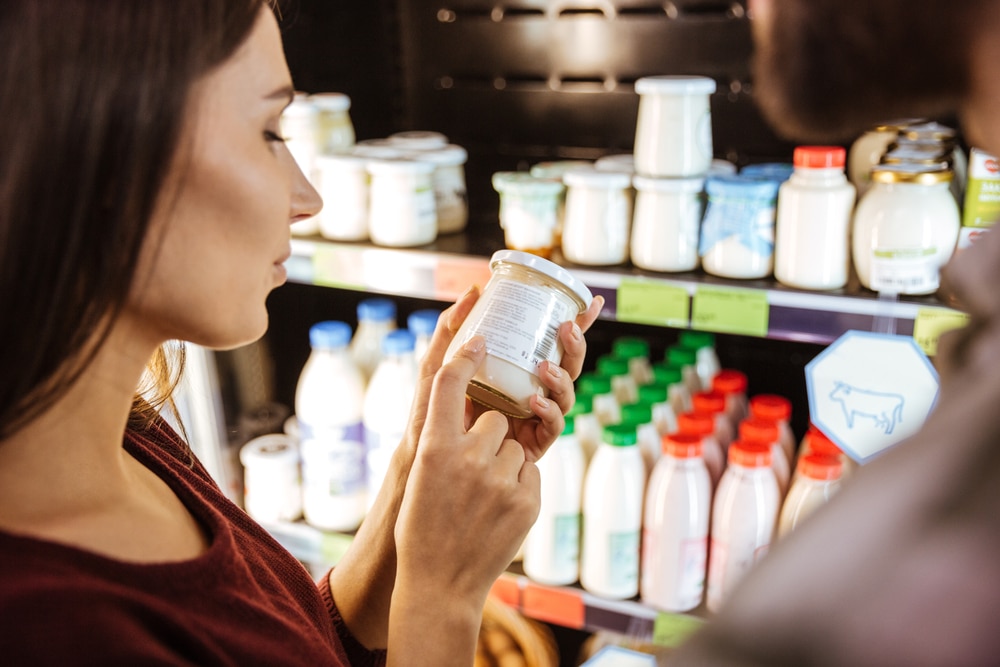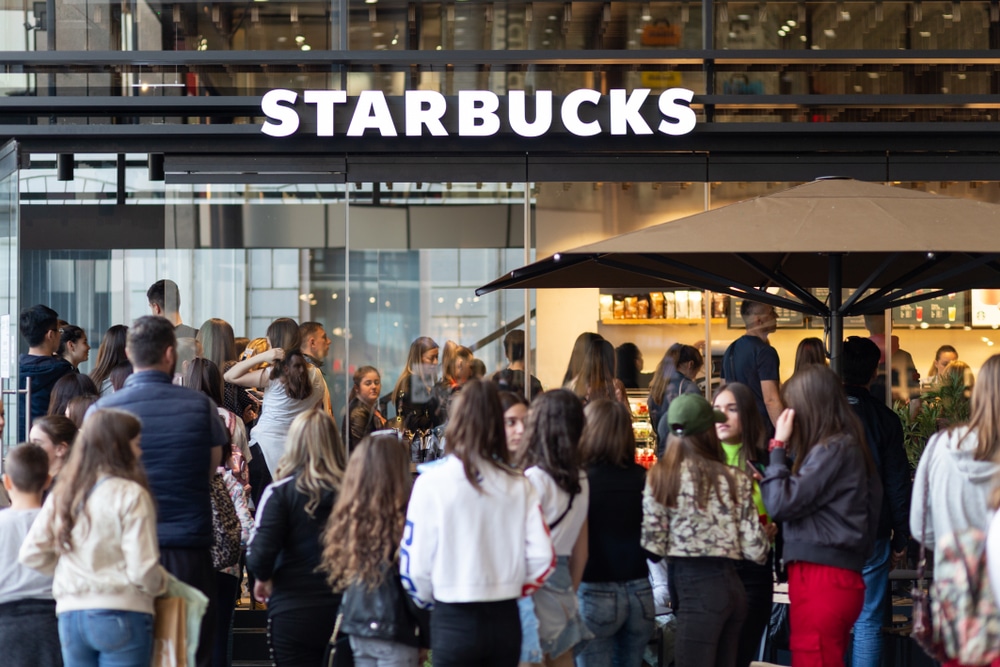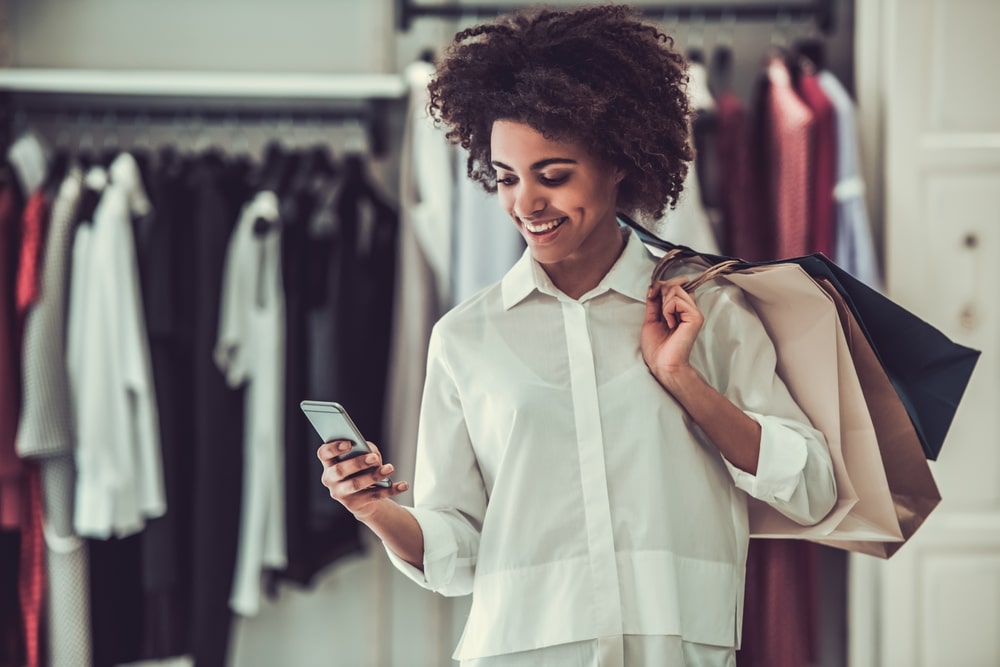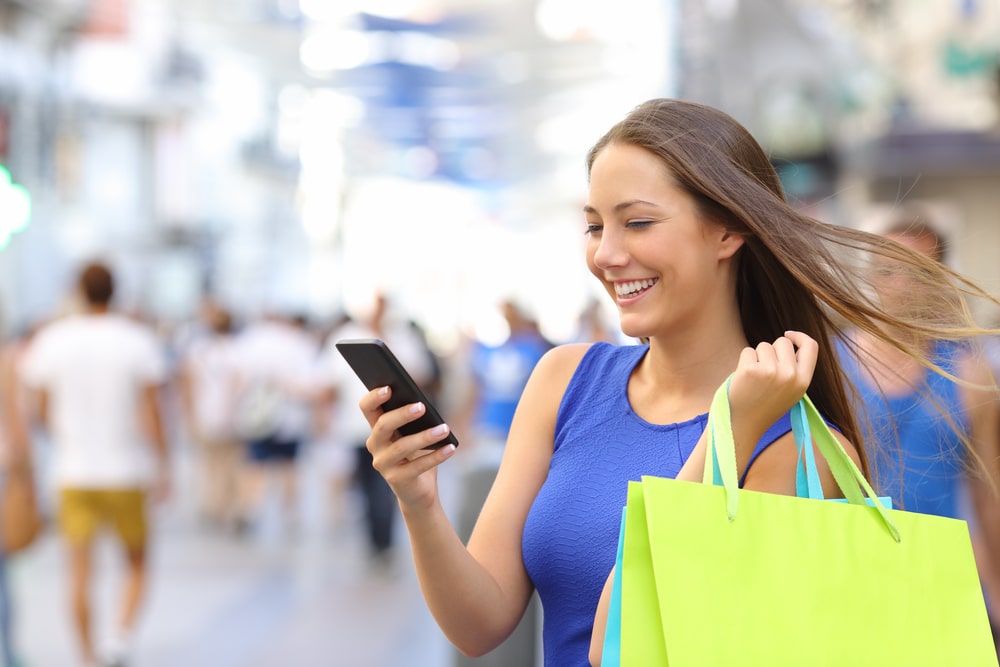A clear focus on customer retention is a sound sales strategy. Continue reading “How rewarding customer loyalty leads to better retention”
Category: Brand Affinity
Why the most effective immersive brand experiences feature mobile
The most effective immersive brand experiences are driven by digital technology—more specifically, mobile technology. Continue reading “Why the most effective immersive brand experiences feature mobile”
How to create product awareness on the path to purchase
Technology has greatly changed the standard path to purchase model over the years. Continue reading “How to create product awareness on the path to purchase”
Why personalization in retail is a must when growing engagement
The average American is exposed to an estimated 4,000 to 10,000 ads per day. At some point, it’s intrinsic to subconsciously screen for messages that spark a personal interest and filter out those that aren’t relatable.
Personalization is the key to locating the right demographic for particular products and brand messaging—and yet, so many brands are woefully inadequate at aggregating data and deriving meaning from it all. That’s actually good news if you’re a retailer or marketer reading this, as committing to a personalization strategy can give you a leg up on the competition. In fact, there are several reasons why personalization in retail is a must for engaging new and existing customers.
What Does Personalization in Retail Look Like in 2020?
Personalization in retail is about delivering a tailored, individual experience to a shopper based on demographics and past behavior. Personalization varies greatly in practice, but examples in the retail sphere may include:
- Disney: Customers can book a trip on the Disney website, download the app to plan out trip details, and use the physical Magic Band to connect their credit card, room key, photo gallery, Fast Passes, meal plan, parking ticket, and more.
- Starbucks: When customers download the Starbucks app, they have access to a loyalty rewards program. They can use the app to order and pay for coffee, download the music that’s playing over the café’s speakers, and redeem free offers.
- Sephora: Customers can access their Sephora account from a mobile device while in-store to schedule a makeover, discover promotions, virtually try on makeup, add products to a wish list, and purchase via the app to pick up in-store. Sephora associates have access to customer purchase histories to make personalized recommendations.
- Nordstrom: Customers can buy online and pickup in-store. Personal stylists can visit customers at home to provide them with VIP treatment. Customers can also benefit from alterations and express returns. Homepage personalization with suggested items and trending location-based digital catalogs are just one way Nordstrom goes the extra mile for their customers.
- Amazon: When shoppers add an item to their cart while shopping on Amazon.com, the item also pops up in their cart within the Amazon mobile app. When customers make a purchase, they are invited to share product details on social media, and will subsequently find targeted ads on Facebook related to the purchases they’ve made. Shoppers can easily view complementary items that other customers purchased with the item they’re currently browsing, as well as similar products and tailored recommendations.
Why Personalization in Retail is a Must to Grow Engagement
1. Brands and retailers can’t capture general attention without personalization.
In order to engage consumers, you must first capture and hang onto their attention. Studies show that brands and retailers don’t have a fighting chance without more personalized marketing efforts:
- 91% of consumers unsubscribe from emails
- 44% say they simply throw out direct mailings
- 60% of smartphone users opt-out of mobile push notifications
The end result of this disengagement is over $280 billion left sitting in virtual shopping carts each year. In a 2018 study, 55% of marketers said the top benefit of personalization was increased visitor engagement and improved customer experience.
2. Personalization is still a differentiating factor.
 Personalization plays a major role in consumer purchase decisions. In fact, 91% of consumers in one study said they’re more likely to purchase from retailers who know their names, purchase history, and what to recommend. In another study, more than half of shoppers (52%) said they would change brands if a company doesn’t offer personalized communication. Many shoppers have claimed to have chosen, recommended, or paid more for a brand that provided a personalized service or experience. And many expect consistent experiences across multiple devices and believe it is important that retail brands recognize them across all channels. Yet, only 10% of companies rank themselves “highly effective” at personalization; surveys have confirmed that retailers are missing the mark:
Personalization plays a major role in consumer purchase decisions. In fact, 91% of consumers in one study said they’re more likely to purchase from retailers who know their names, purchase history, and what to recommend. In another study, more than half of shoppers (52%) said they would change brands if a company doesn’t offer personalized communication. Many shoppers have claimed to have chosen, recommended, or paid more for a brand that provided a personalized service or experience. And many expect consistent experiences across multiple devices and believe it is important that retail brands recognize them across all channels. Yet, only 10% of companies rank themselves “highly effective” at personalization; surveys have confirmed that retailers are missing the mark:
- Half of the surveyed shoppers “never” or “rarely” discover valuable in-store content.
- Two-thirds of shoppers say they are “frustrated” by these impersonal experiences.
- Another third of shoppers think personal assistance is missing from the in-store experience.
3. Engagement from personalization efforts pays dividends.
There’s no refuting the evidence that presents itself study after study, confirming the effectiveness of engaging consumers with personalization techniques:
- Personalized emails drive a six times higher transaction rate compared to generic emails.
- Forty-eight percent of consumers say they buy more when marketers take their interests into account.
- Personalization delivers a five to eight times return-on-investment of marketing spend.
- Personalization can cut the cost of customer acquisition in half.
- Personalization increases the effectiveness of marketing spend by 30%.
- Increasing personalization efforts has increased consumer spending by up to 500%.
- Eighty-eight percent of U.S. marketers have seen measurable improvements from personalization.
- Most marketers report over a 10% lift in marketing improvement after personalizing.
4. Personalization and marketing efforts are ultimately about lifetime value.
The end goal of any marketing strategy used to be “to convert a browser into a buyer.” However, this sort of brand interaction is transactional and fleeting. Brands and retailers should aim to establish long-term relationships with customers.
The end goal of any marketing strategy used to be “to convert a browser into a buyer.”
Delivering exceptional, personalized service based on consumer profiles empowers employees to provide the sort of relevant experiences shoppers desire. Thanking customers after a purchase, educating buyers about getting full utility out of their purchases, and helping them take the next step to buy again is simply good old-fashioned customer service. With intelligent recommendations and capitalized cross-selling opportunities, shoppers not only put more in their carts but walk away with a better brand impression. They are more likely to tell friends and family what a great experience they had, and return for more shopping experiences over the course of their lifetime.
In this type of relationship, brands and retailers don’t have to continuously spend resources on acquisition, persuading a shopper to purchase, or discounts and coupons that take away from their value. Once a shopper has moved beyond initial engagement, feeling deeply valued and developing brand affinity, the relationship can really blossom. The more shoppers with high lifetime value, the more successful a company will be year after year, as guaranteed sales return.
5. Personalization is a way to survive.
As Retail Dive put it: “Personalization is the key to keeping your customers engaged—and spending money. Retailers that get it right stand to gain a lot. Those who don’t, lose.”
Casualties of the 2018 retail apocalypse included major players like Toys R Us, Sears, and Kmart. These established brands failed to meet consumer demands for digital experiences and personalization. As a result, they had to close their doors. The trend didn’t stop in 2019 as stores like Gymboree, Payless Shoes, DressBarn, and AC Moore did the same.
Brands and retailers can’t rely on name recognition and years of service alone. With small businesses, pop-up shops, and eCommerce players all vying for market share, the modern enterprise has to be one step ahead of customer expectations to provide what people don’t even know they want—yet.
Personalize the Experience and Engage Customers with Shopkick
Personalization technology doesn’t have to be expensive or difficult to implement. Given that people take their smartphones with them virtually everywhere, the mobile platform proves extremely effective at reaching shoppers during the crucial moments on the path to purchase. So, what better way to reach customers than with a mobile app that incentivizes shopping behaviors?
Shopkick, an innovative shopping rewards app, offers brands and retailers a way to engage with an already-loyal user base of customers who eagerly shop at partnering stores, watch branded in-app videos, locate products in-aisle, and make purchases to earn points (“kicks”) toward gift cards. Shopkick greets shoppers by name when they enter a partnering retailer, and helps guide them to products throughout the store. After racking up enough kicks, Shopkick adds a personal touch by allowing users to redeem gift cards to their favorite stores.
Brands and retailers looking to grow customer engagement should consider how effective Shopkick can be for personalizing a shopper’s experience. Shopkick offers users a personalized experience throughout the entire purchase journey—from trial and consideration to purchase.
Ready to incorporate personalization in your retail strategy? Read our success stories and contact Shopkick to learn how to become one of our partners.
Image courtesy of Robert Kneschke
Partner with a customer loyalty rewards app to boost affinity
Brands and retailers understand the importance of retaining loyal customers, especially when it’s been proven that it’s more cost-effective to retain customers than it is to acquire new ones. Continue reading “Partner with a customer loyalty rewards app to boost affinity”
4 strategies to enhance the customer shopping experience in-store
“Strategy” refers to a high-level action plan designed to achieve one or more goals under conditions of uncertainty. There has been much uncertainty in brick-and-mortar retail these days, with customers shifting online and many longstanding retailers shuttering their doors for good in what the media has called a “retail apocalypse.” Yet, that doesn’t mean brands and retailers should throw up their hands in despair. Research suggests there is much value in shifting your focus to enhance the customer shopping experience in 2020.
What Is Customer Experience and Why Does It Matter in 2020?
Customer experience is your shoppers’ holistic perception of your brand. The in-store customer experience involves everything from helpful customer service representatives and short checkout wait times, to the type of music playing and aisle layout.
Recent statistics reveal:
- Companies earning $1 billion annually can expect an extra $700 million within three years of investing in customer experience.
- Eighty-six percent of shoppers say they’re willing to “pay more” for a great customer experience—which translates to a price premium of 13% to 18%.
- Personalized experiences have led 49% of buyers to make impulse purchases.
A Walker study estimates that customer experience will overtake price and product as the key brand differentiator by the end of 2020. So, really, it’s not a question of if you should invest in customer experience, but rather how.
4 Strategies to Enhance Customer Shopping Experience in 2020
You may consider a number of strategies to provide shoppers with a better in-store experience:
1. Reinvent Your Stores With Rotating Themes
Changing a store’s theme can be a headline-garnering way to create retail buzz. While most large department stores have given up their market shares to Walmart and Target, a few dominant players have stayed in the business by borrowing from the “pop-up shop” method of reinvention. For instance, Macy’s rolled out rotating STORY boutiques—“a retail concept that takes the point of view of a magazine, changes like a gallery, and sells things like a store.” Every six to eight weeks, the store design and inventory changes based on rotating themes like “Home for the Holidays” or “Beauty.” Bloomingdale’s takes a similar approach with rotating carousel pop-ups themed around culturally significant trends.
If you don’t have the budget to go all-out, your store “transformations” could be as simple as adding a few Instagram-worthy spaces. “These days, if consumers can’t Instagram a store, it’s almost not even worth going,” according to AdWeek. For instance, Morning Lavender Boutique and Café in Orange County, California created a breathtaking wall of flowers that invites shoppers to stop and snap a photo. Similarly, apparel retailer Showpo features a “social media nook”—a chic café set-up with a table, chairs, cakes, and tea accessories.
2. Turn Shopping at Your Store Into an Interactive Experience
People appreciate stores because they’re physical places of trial, discovery, and interaction. Stores like Trader Joe’s and Target employ the “wow factor” of free samples and dynamic displays to thrill their loyal customers in new ways. Marshall’s went so far as to hide curated “surprise boxes” around their stores for lucky shoppers to discover and claim. Shopkick, a mobile shopping rewards app, offers an even easier way to create an interactive experience for shoppers. Shopkick users are enticed to visit partnering stores and seek out products in exchange for reward points they can use towards gift cards of their choosing. The app’s scavenger hunt-like gamification provides shoppers with a fun way to discover new products.
3. Train Employees to Offer Excellent Customer Service
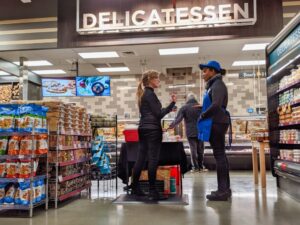 Online shopping offers convenience, but it can’t yet deliver good, old-fashioned, face-to-face customer service. You can use this to your advantage by training your employees to interact with individual shoppers based on past purchase history. Employing data-capturing systems and arming employees with tablets allows for more personalized recommendations and truly helpful customer service. Reps can search inventory in real-time and tap into customer profiles to go over and beyond the competition. Better than Google is the store representative who knows the pros and cons of various products; which brands sell best; what will best meet certain needs; and where to find the precise items on the shopper’s list.
Online shopping offers convenience, but it can’t yet deliver good, old-fashioned, face-to-face customer service. You can use this to your advantage by training your employees to interact with individual shoppers based on past purchase history. Employing data-capturing systems and arming employees with tablets allows for more personalized recommendations and truly helpful customer service. Reps can search inventory in real-time and tap into customer profiles to go over and beyond the competition. Better than Google is the store representative who knows the pros and cons of various products; which brands sell best; what will best meet certain needs; and where to find the precise items on the shopper’s list.
One example of this advanced form of customer service can be found at the flagship Birchbox store in NYC, where shoppers create beauty profiles for a curated selection of products tailored to their user profiles. The in-store focus on “try, learn, buy” is evident in salesperson interactions that guide shoppers through the engaging “build your own box” section of the store. In addition, Birchbox customers can book a manicure or blowout in the salon—making the store more of a destination than a stop.
4. Create a Community Gathering Space
Physical locations gather like-minded people—and all the better if these people decide they like buying from you. Nordstrom is one of the most frequently-cited examples of a retailer that truly understands the importance of “store-as-community-center.” They have dedicated 3,000 square feet of retail space to serving wine, beer, and espresso; personal stylist appointments; and on-site manicures and tailoring.
Consider a few other examples: Consumers can attend story hour with their little ones at Barnes and Noble or take a DIY woodworking class at Home Depot. Brooklyn-based leisure retailer Solfire installed a smoothie bar and fitness oasis that holds classes. At Weis Markets, the retailer doesn’t just sell food—it promotes healthy living; grocery shoppers can book a free tour with a dietician, attend a cooking demo, learn more at educational seminars, and participate in fun health fairs full of interactive games, giveaways, and food samples.
Leverage Shopkick to Aid in Customer Shopping Experience Enhancement
Shopkick offers an innovative platform that transforms the shopping experience for mobile-using customers. Upon entering a partnering retailer and opening the Shopkick app, users are greeted with the current deals and opportunities to earn rewards points. Over the course of their in-store experience, they are prompted to seek and scan select items and ideally make desired purchases while working toward a free gift card. Purina, one of Shopkick’s partners, was able to integrate digital messaging with physical product engagement down the aisles to increase incremental sales 85% and obtain 4:1 return on investment.
Shopkick offers an innovative platform that transforms the shopping experience for mobile-using customers.
Want to enhance the customer shopping experience? Read more success stories or contact Shopkick to learn how you can win hearts and minds as one of our partners.
Image courtesy of ACA9595
Reward customers for in store engagement and reap the benefits
Engagement—or the ongoing interactions offered by the company and chosen by the customer —is necessary for companies to gain and sustain business.
Continue reading “Reward customers for in store engagement and reap the benefits”
How to build brand affinity: Why your brand’s “personality” matters
When understanding how to build brand affinity, one must understand the difference between loyalty and affinity. Continue reading “How to build brand affinity: Why your brand’s “personality” matters”
Loyal attraction: How to gain customer loyalty
Having a revolving door of customers is not ideal for modern businesses. Continue reading “Loyal attraction: How to gain customer loyalty”
How to connect with customers in retail
The most successful enterprises understand how to connect with customers in retail.
How to enhance the customer experience in retail
Brands looking to gain competitive margin must consider how to enhance the customer experience in retail. Continue reading “How to enhance the customer experience in retail”
3 innovative ideas for customer retention for CPG brands
The benefits of customer retention are indisputable. It’s five times cheaper to keep an existing customer than to acquire a new one. Continue reading “3 innovative ideas for customer retention for CPG brands”

